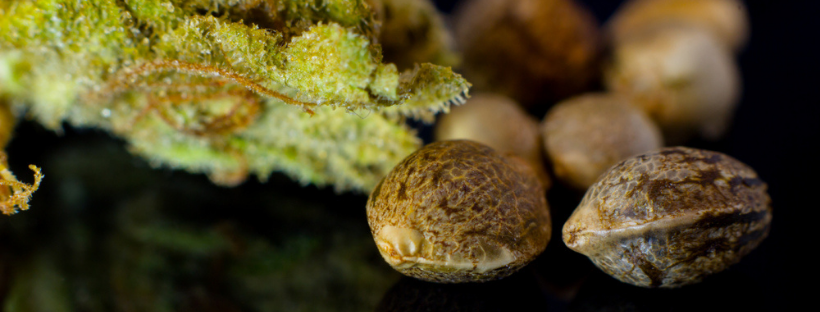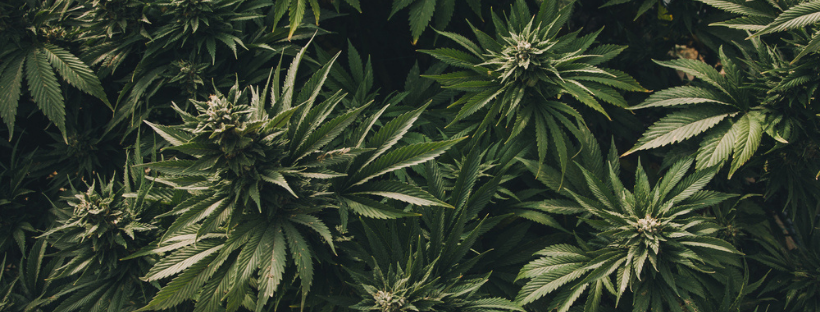As cannabis laws start to relax across the country and around the world, you may be considering growing your own. After checking on the legality of growing your own cannabis in your state, you’ll next need to make another important decision.
Do you want to grow your plants from seeds or clones?
A Look at Cannabis Clones
Cloning cannabis plants may sound like it’s out of a science-fiction article, but it is a common practice in the cannabis world. In fact, many of the cannabis flowers found in dispensaries these days are created from clones; and there is a reason for that.
A clone is a cutting from a mother plant. A healthy cutting is taking from a specific plant and transplanted into a growing environment where it is cared for until its root system takes hold. The resulting plant may not be an exact replica of its mother, but it is as close as we can get.
Many growers like to use clones because they want to make more of a specific cannabis strain. It likely is popular among consumers. It may also be a particularly healthy plant that grows well and provides a high yield, making it an ideal plant for growers to continue growing and selling.
Other benefits of working with clones include:
- They are usually fast-growing.
- They are female plants, so growers don’t need to worry about males popping up.
- Growers can better anticipate how their clone crops will behave.
However, clones also come with their own difficulties for growers. They can undergo something called transplant shock when planted. To prevent this and ensure they take root, growers need to provide consistent and quality care to ensure the clone plant survives.
Some other factors to consider before growing clones are:
- They can have weak root structures if you purchase low-quality clones.
- Clones tend to cost more than seeds do.

A Look at Cannabis Seeds
Cannabis seeds are another option when it comes to growing your own cannabis. Cannabis seeds are similar to any other seed you plant. The seed is germinated by a male and then planted. Growers tend to the seeds until they flower and can be harvested.
If you are considering seeds, you have three choices:
- Regular, which will develop like average seeds and give you a mix of male and female plants.
- Feminized, which will give you all female plants (though some may end up hermaphroditic).
- Auto-flowering, which will flower on their own and require less light than other seeds.
One of the main reasons people choose seeds over clones is that seeds allow growers to manage the cultivation process from the beginning to the end. For those who want to get their hands dirty growing their own cannabis, seeds may be the preferred option.
Other benefits of seeds include:
- They are generally more affordable than clones.
- They are easier to buy in bulk and cost less to ship.
- They offer growers more options when it comes to choosing the strains they want to grow.
- If auto-flowering seeds are chosen, they have a faster growth time.
Although tending to seeds from the beginning to the end can be appealing to some growers, it can be a drawback to others. Growing seeds are a bit more work than tending to clones.
Other potential problems with using seeds include:
- Seedlings are fragile until they become well-established, leaving growers at risk of losing them.
- If you don’t choose an auto-flowering option, you’ll have longer growing times than clones do.
- The germination stage is a part of growing seeds, and this requires patience to complete.
Which Is Better for Growing? Seeds or Clones?
So, what type of plant is better for growing cannabis? The answer is: It depends on you.
Before you purchase either clones or seeds, you’ll need to take some time to think about your preferences and how involved in the process you want to be. Before deciding to use clones or seeds, ask yourself:
- Do you want to wait for seeds to germinate?
- Do you want to know the sex of the plants ahead of time?
- How much room do you have to devote to growing your crop?
- Do you want a replica of a specific plant or a seed that pulls in different characteristics of its parents?
Whichever route you choose to take to grow your cannabis, be sure you get your starter product from a reputable source. Read reviews of their seedlings, clones, and seeds in general before you purchase. Starting with a defective product will inevitably guarantee you have trouble growing your cannabis.
You’ll also want to make sure you research how to care for your cannabis plants before committing to growing them. This will help you successfully grow cannabis and help you determine if you want to go the clone or seed route.

Final Thoughts
If you plan to start growing cannabis at home, there is an important decision you must make before starting the process. You’ll need to decide if you want to grow cannabis using clones or seeds.
Although one is not necessarily better for growing cannabis, one will be better for you when growing cannabis. Each option brings its own pros and cons and requires different amounts and types of care to grow successfully. They also produce different plants.
Clones are (near) exact replicas of their mother. While their environment will influence how they turn out slightly, their effects and how they turn out will closely resemble their parent. They tend to grow faster and will only produce female plants, which benefit many growers.
On the other hand, seeds combine genetics from their parents. You will have to germinate, plant, and care for them until they flower and are ready for harvesting. They allow growers to be involved with their growth every step of the way, but for some, this is more work than they want to put in.


